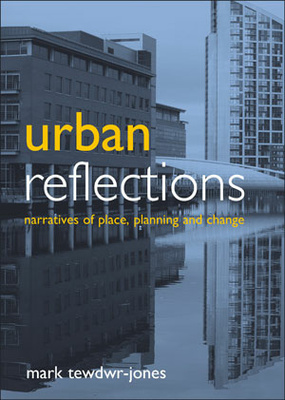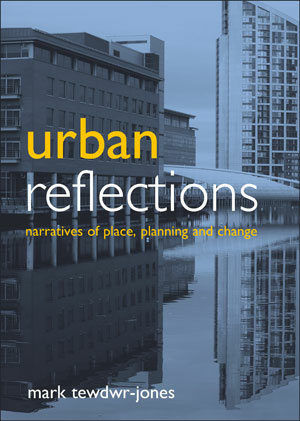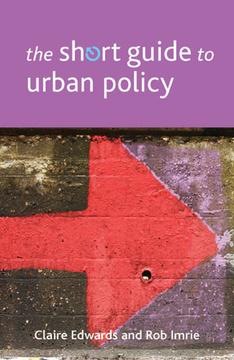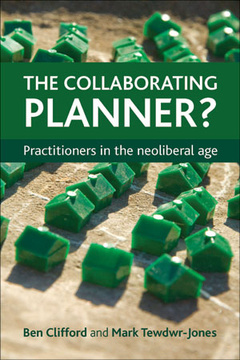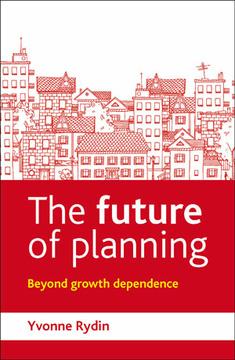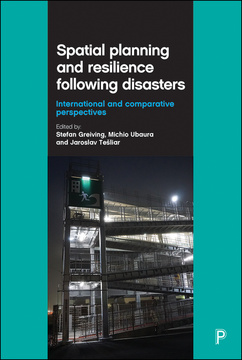Published
Jul 20, 2011Page count
328 pagesISBN
978-1847428417Dimensions
234 x 156 mmImprint
Policy PressPublished
Jul 20, 2011Page count
328 pagesISBN
978-1847428424Dimensions
234 x 156 mmImprint
Policy PressUrban Reflections looks at how places change, the role of planners in bringing about urban change, and the public's attitudes to that change. Drawing on geographical, cinematic and photographic readings, the book offers a fresh incisive story of urban change, one that evokes both real and imagined perspectives of places and planning, and questions what role and purpose urban planning serves in the 21st century. It will interest urban and architectural historians, planners, geographers and all concerned with understanding urban planning and attitudes toward the contemporary city.
"Here's a new take on 'ciné' and 'cité' by a planning buff who appreciates the filmic potential of urban intentions and outcomes. He tracks the plot twists over the years in a drama that continues in real time - just watch it." Michael Hebbert, Professor of Town Planning, University of Manchester
Mark Tewdwr-Jones is Professor of Spatial Planning and Governance at University College London's Bartlett School of Planning and Architecture and the UCL Urban Laboratory. He is a recognised authority on urban planning, the politics of the city and the use of land.
Introduction; Part one: Between recreated past and threatening future: The modern planning project: 'This new fangled planning doctrine'; 'The era of reconstruction begins' (photographic narrative); Image and representations of the modern world; Part two: A longing for the past: Narratives of uneasiness for modern cities and planning: Poetic realism: filmic planning in an era of transport modernization; 'Look at all those chimneys, that's money': urban space and social realism; 'It's like living in heaven up here!' (photographic narrative); 'The planners did their best': utilising irony and prose to protect the past; Taking a bird's-eye view: modern planning and the changing landscape; 'Planning turned out to be war by other means' (photographic narrative); Part three: In everything, accept the genius of the place: Towards a new respect for place: A multiplicity of meanings of space and place; 'A sense of beauty, culture and civic pride' (photographic narrative); Fearful symmetries: the spirit and purpose of modern planning.







